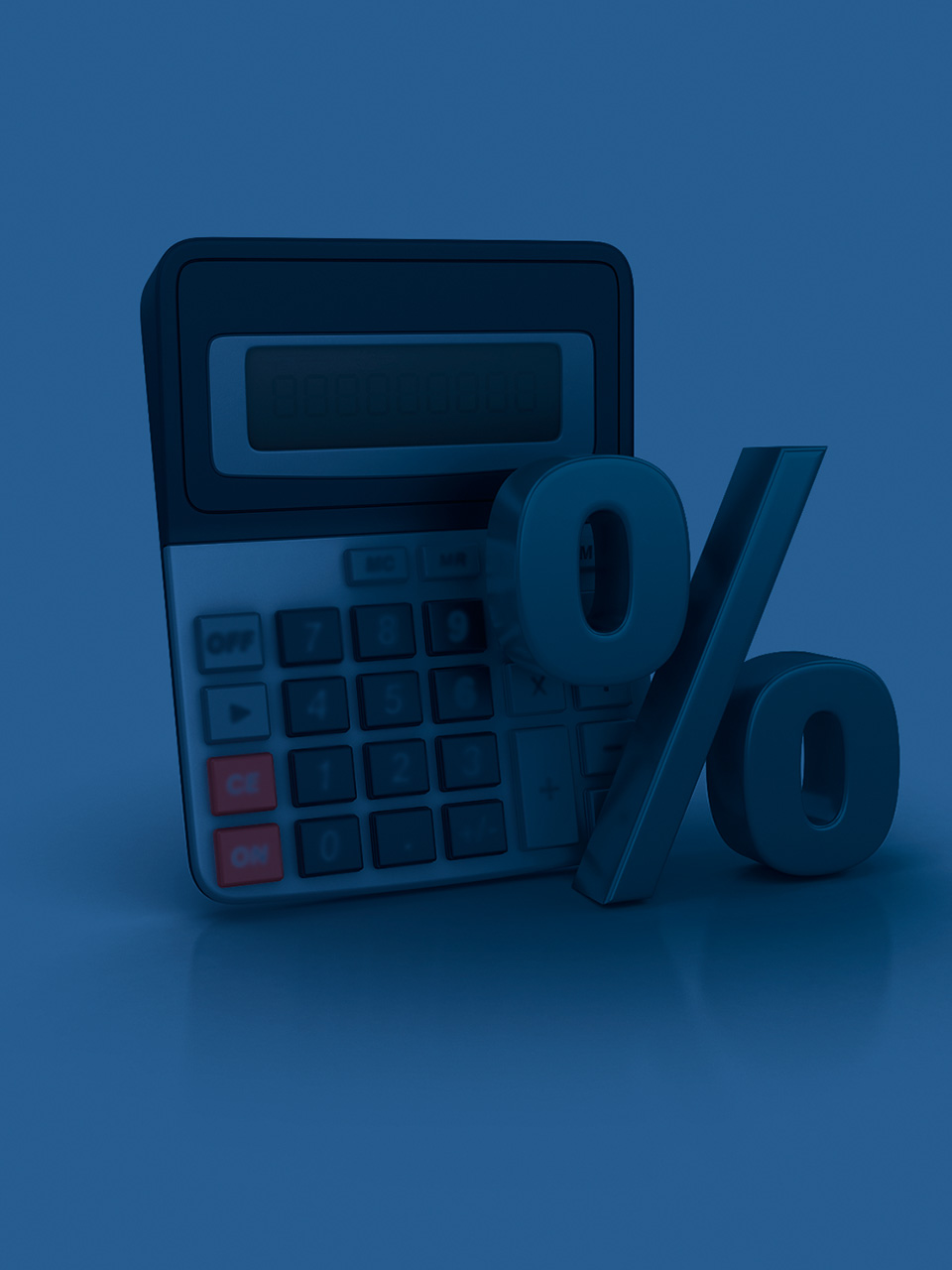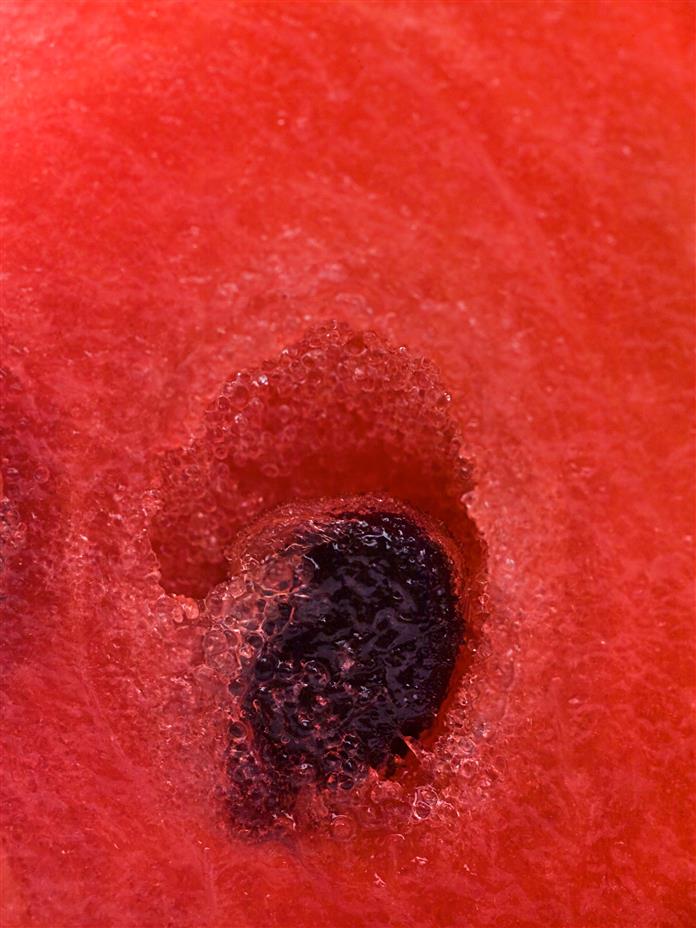
Tap to Read ➤
How to Calculate Percentage
Aastha Dogra


Learn how to calculate percentage and percentage increase with various examples to aid you.

Percentage = (Given number/Total number) x 100
For example, if your score in an exam is 45 out of 50 the percent score will be
90% [(45/50) x 100].
For example, if your score in an exam is 45 out of 50 the percent score will be
90% [(45/50) x 100].

What is Percentage?
'Per-centage', literally means 'per 100 pieces' of anything, which is one way of specifying the fraction of a complete whole. A percentage value is a fraction multiplied by 100. It is denoted by the percent sign, "%". Percentage is used to compare the quantities relative to each other, as to how large or small a quantity is with respect to the other.

Let's take an example. Let us assume, there are 50 girls in a class of 200 students, it means that 25% of the students are girls and the rest 75% are boys. You can write it as 25/100 or 25%. It can also be written as 0.25, it all means the same. So, now that you know what is percentage and how it is denoted, let's move on to find the percentage of a number.

Examples for Calculating Percentage

Example 1
If you are given two numbers, say 15 and 40, and asked to find the percentage of the lower number to the higher, this is how you go about it.
15/40 = 0.375, multiply it by 100, that is, 0.375 x 100 = 37.5%
So, the number 15 is 37.5% of the number 40.
15/40 = 0.375, multiply it by 100, that is, 0.375 x 100 = 37.5%
So, the number 15 is 37.5% of the number 40.

Example 2
Let us assume a basket of fruits. Out of a total of 20 fruits, 5 are apples, 10 are oranges and 5 are pineapples. Then the percentage of all three fruits in the basket is calculated in the following way. First determine the 'part' and the 'whole'. The 'whole' is the fruit basket containing 20 fruits and the parts are 5 apples, 10 oranges and 5 pineapples.

Secondly, you must determine the fraction of fruits in the basket, that are apples, oranges and pineapples. That is, you must establish the fractions. Here the fractions are:
Fraction of Apples in the Basket = 5/20 = ¼
Fraction of Oranges in the Basket = 10/20 = ½
Fraction of Pineapples in the Basket = 5/20 = ¼
Fraction of Apples in the Basket = 5/20 = ¼
Fraction of Oranges in the Basket = 10/20 = ½
Fraction of Pineapples in the Basket = 5/20 = ¼

So, one can now say that one-fourth of the fruits are apples, half are oranges and remaining one-fourth are pineapples. Once the fraction has been established, calculating percentages is extremely simple. The percentage of apples in the basket is calculated using the following formula.
Percentage (%) = (Part/Whole) x 100
Therefore, in the aforementioned example,
Percentage of Apples = 5/20 x 100 = ¼ x 100 = 25%
Percentage of Oranges = 10/20 x 100 = 1/2 x 100 = 50%
Percentage of Pineapples = 5/20 x 100 = ¼ x 100 = 25%
Therefore, in the aforementioned example,
Percentage of Apples = 5/20 x 100 = ¼ x 100 = 25%
Percentage of Oranges = 10/20 x 100 = 1/2 x 100 = 50%
Percentage of Pineapples = 5/20 x 100 = ¼ x 100 = 25%
Example 3
15 out of 30 girls wore pink ribbons to the party. Calculate the number of girls in percentage who wore pink ribbons.
15/30 x 100 = 0.5 x 100 = 50%
15/30 x 100 = 0.5 x 100 = 50%
Example 4
The ice cream seller increased the price of his strawberry ice cream cone, earlier priced at $2.50, by 15%. Calculate the new price of strawberry ice cream cone.
2.50 x 15/100 = 0.375. Round off 0.375 to 0.4
Add 0.4 + 2.50 = $3
Therefore the new price is now $3.
2.50 x 15/100 = 0.375. Round off 0.375 to 0.4
Add 0.4 + 2.50 = $3
Therefore the new price is now $3.
Example 5
There were forty sparrows sitting on a tree. Ten flew away, so what is the percentage of sparrows that flew away?
10/40 x 100 = 25%
You may complicate the above problem by trying to calculate the percentage of sparrows that are still sitting on the tree.
10/40 x 100 = 25%
You may complicate the above problem by trying to calculate the percentage of sparrows that are still sitting on the tree.
The solution then would be:
Number of sparrows still sitting on the tree = Total sparrows - number of sparrows who flew away, i.e., 40 - 10 = 30.
Percentage of sparrows still sitting on the tree = 30/40 x 100 = 75%
Number of sparrows still sitting on the tree = Total sparrows - number of sparrows who flew away, i.e., 40 - 10 = 30.
Percentage of sparrows still sitting on the tree = 30/40 x 100 = 75%
How to Find Percentage Change
To find the percentage change, just subtract the smaller number from the bigger one. Then divide the answer by the original number, that is, the number you subtracted. Now multiply it by 100 and you get the percentage change.
For example, if the initial price is 50, that has now increased to 65, this is how to calculate the percentage increase.
65 - 50 = 15/50 = 0.3 x 100 = 30% increase.
65 - 50 = 15/50 = 0.3 x 100 = 30% increase.
As you can see, calculating percentages is an extremely simple exercise. All you need to do is set up the fraction and then multiply it by 100 to get the percentage value. Just use this simple formula and get the percentage right.